By God’s Grace, nature has given us all the possible amenities to keep ourselves healthy and fit. Eating these vegetables for good health every day is very important. They provide essential minerals, vitamins, and other nutrients like antioxidants. Studies show consistently that people who eat the most vegetables have the lowest risk of many diseases, including cancer and heart disease.
Vegetables For Good Health In Your Meals
1. Spinach Is One Of The Healthiest Vegetables.
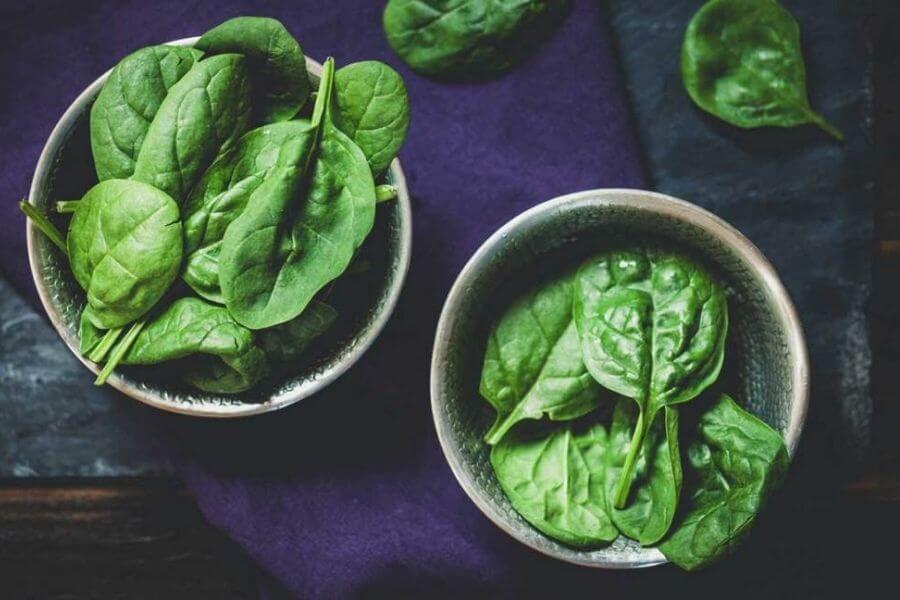
It is said that one cup (30 grams) of raw spinach provides around 56% of your daily vitamin A needs and also your entire daily vitamin K requirement. Also, it is an excellent source of vitamins, calcium, iron, and antioxidants. Spinach also provides the right amount of iron for energy and healthy blood with a good level of magnesium for nerve function and muscles.
Some reports that spinach leaves lower blood pressure and benefit heart health. Also, it is to be noted that dark green leafy vegetables like spinach are high in beta-carotene and lutein, two types of antioxidants that have been associated with a decreased risk of cancer.
2. Carrots Are Rich In Vitamin A.

It provides 428% of the daily recommended value in just one cup i.e., 128 grams). Carrots contain beta-carotene, an antioxidant that gives carrots their vibrant orange color and could help in cancer prevention. Carrots are high in vitamin C, vitamin K, and potassium. Also, some studies showed that eating carrots may reduce the risk of lung cancer in smokers as well.
Compared to those who eat carrots at least once a week, smokers who did not eat carrots had a three times greater risk of developing lung cancer as nutrients in carrots have cancer-fighting properties. A 2011 study reports that carrot juice extract inhibits the growth of leukemia cells. Carrots work well in casseroles and soups. They provide significant health benefits when eaten raw with a dip.
3. Broccoli Belongs To The Cruciferous Vegetables Family.
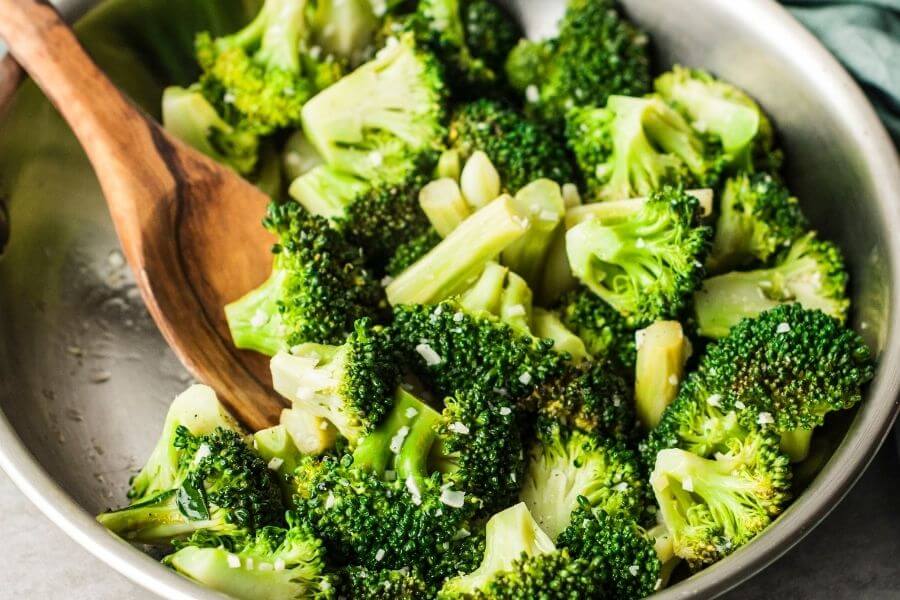
Broccoli is rich in a sulfur-containing plant compound known as glucosinolate, and sulforaphane, a glucosinolate by-product. Sulforaphane has been shown to have a protective effect against cancer. It is a top source of natural plant chemicals shown to help lower some cancer risks. Each cup gives you plenty of vitamins C, and K. Broccoli is an incredibly healthy vegetable that belongs to the same family as cabbage, kale, and cauliflower.
In an animal study, sulforaphane reduces the size and number of breast cancer cells while also blocking tumor growth in mice. Eating broccoli may help prevent other types of chronic diseases, too. A 2010 animal study showed that consuming broccoli sprouts could protect the heart from disease-causing oxidative stress.
A cup (91 grams) of raw broccoli provides 116% of your daily vitamin K needs, 135% of the daily vitamin C, and a good amount of manganese and potassium and folate.
4. Garlic Has Been Used As A Medicinal Plant.
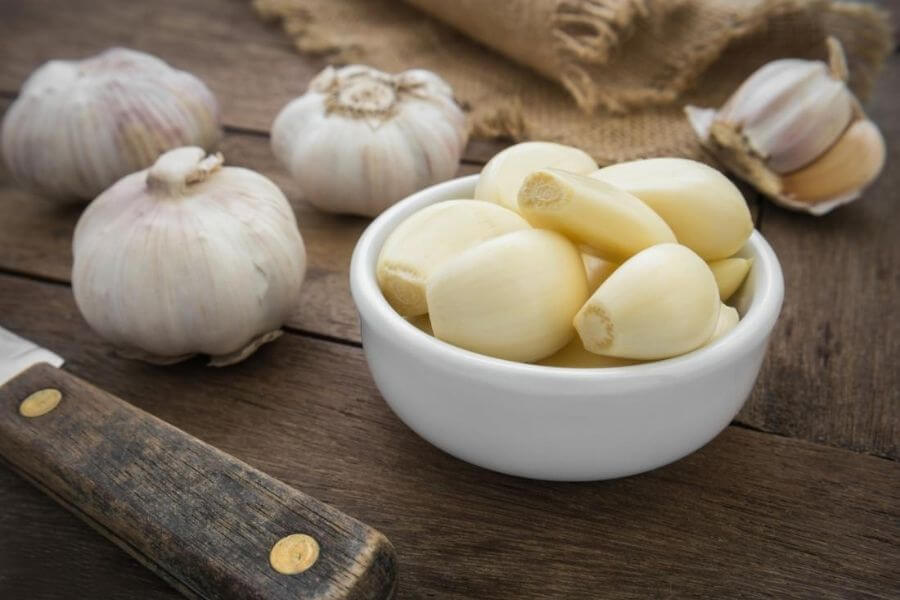
Garlic has its roots tracing back to ancient China and Egypt. The main active compound in garlic is allicin, a plant-based compound that is mostly responsible for garlic’s variety of health benefits such as garlic can regulate blood sugar as well as promote heart health.
In an animal research study, diabetic rats were given garlic oil and diallyl trisulfide, a component of garlic. Both compounds caused a decrease in blood sugar and improved insulin sensitivity.
In a different study, garlic was being fed to participants both with and without heart disease. And the outcome showed that garlic was able to decrease total blood cholesterol, triglycerides, and LDL cholesterol while increasing HDL cholesterol in both groups.
A test-tube study demonstrated that allicin induced cell death in human liver cancer cells. But further research is needed to understand the potential anti-cancer effects of garlic better. According to a lab-based study from 2012, a compound in garlic, called diallyl sulfide, might be more effective than the two popular antibiotics for fighting the Campylobacter bacterium.
5. Brussels Sprouts Are Packed With Healthy Nutrients.
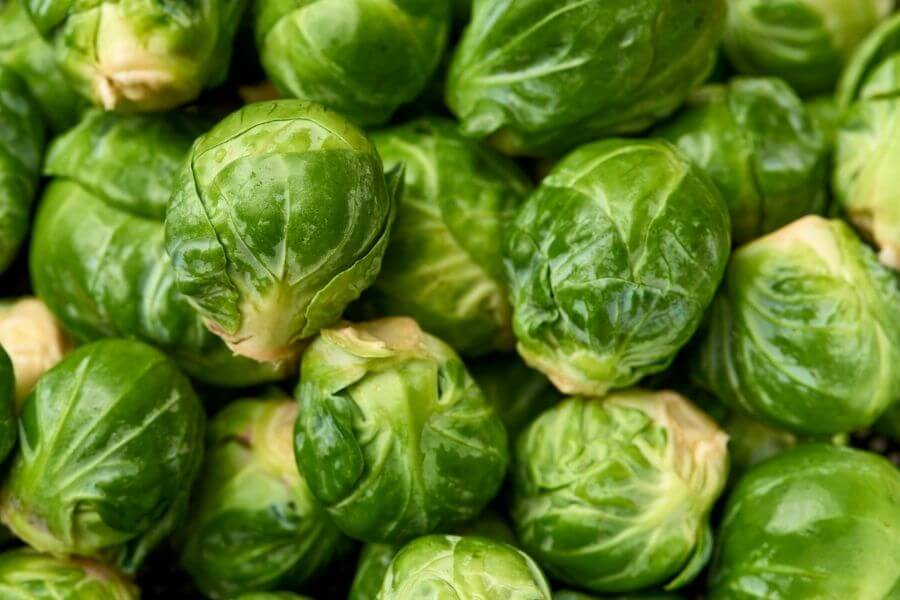
Brussels sprouts belong to the member of the cruciferous family of vegetables. They contain kaempferol, an antioxidant that is effective in preventing damage to cells. These mini cabbages provide around 160 percent of the daily value for vitamin C. They are a good source of potassium and are low in calories, as it is just 56 calories per half-cup.
Please be aware of the smell, which is less than appetizing when overcooked, so try to avoid boiling them. The sulfurous scent is due to an organic compound called glucosinolate sinigrin, which has cancer-fighting properties. A study found that kaempferol is protected against free radicals, which cause oxidative damage to cells.
Brussels sprout consumption can help in detoxification as well. A study showed that eating brussels sprouts led to a 15–30% increase in some of the enzymes that control detoxification, which reduces the risk of colorectal cancer.
6. Peas Are Regarded As A Starchy Vegetable.
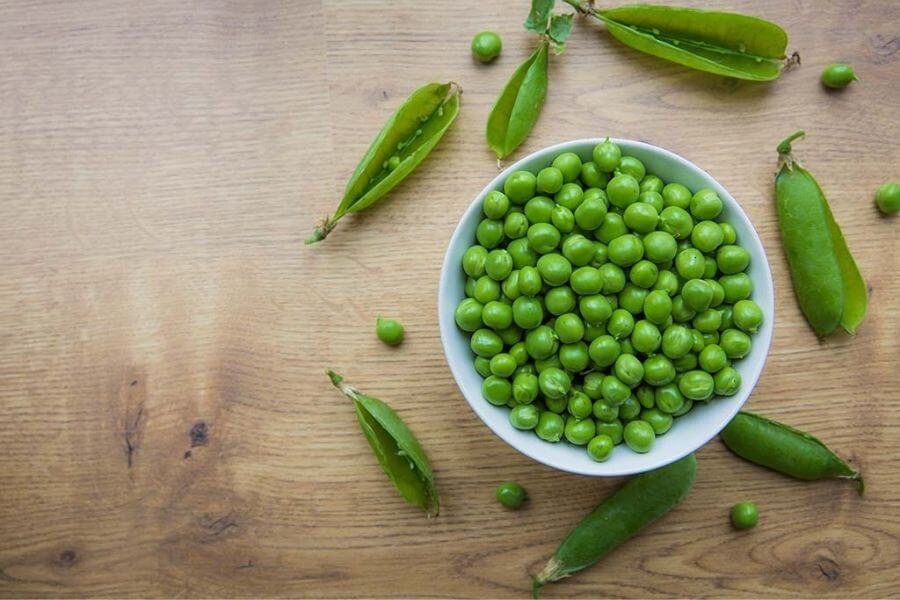
They have a higher amount of carbs and calories than non-starchy vegetables and may impact blood sugar levels when eaten in large amounts. One cup (160 grams) of cooked green peas contains 9 grams of fiber, 9 grams of proteins and vitamins A, C, and K, niacin, and folate, riboflavin, thiamine, etc. They are high in fiber, so it supports digestive health by enhancing the beneficial bacteria in your gut and promoting regular bowel movements.
Peas are rich in fiber and protein that they can help replace animal protein on your menu every once in a while. Also, peas have saponins, the plant compounds known for their anti-cancer effects. Research shows that saponins help fight cancer by reducing tumor growth and inducing cell death in cancer cells. Try to steam peas and serve them with new potatoes or toss them into salads or pasta dishes.
7. Ginger Root Is Used As A Spice In Almost Every Dish.

In ancient times, ginger has also been used as a natural remedy for motion sickness. Several studies have confirmed the beneficial effects of ginger on nausea. In a review comprised of 12 studies and nearly 1,300 pregnant women, ginger significantly reduced nausea compared to a placebo. Ginger also contains potent anti-inflammatory properties, which can help treat inflammation-related disorders like lupus, arthritis, or gout.
In a study, participants with osteoarthritis treated with a concentrated ginger extract experienced reduced knee pain and relief from other symptoms. Some researches suggest that ginger could aid in the treatment of diabetes. In the year 2015, a study looked at the effects of ginger supplements on diabetes. After 12 weeks, ginger was found to be effective in decreasing blood sugar levels.
8. Asparagus Is Also A Good Choice.
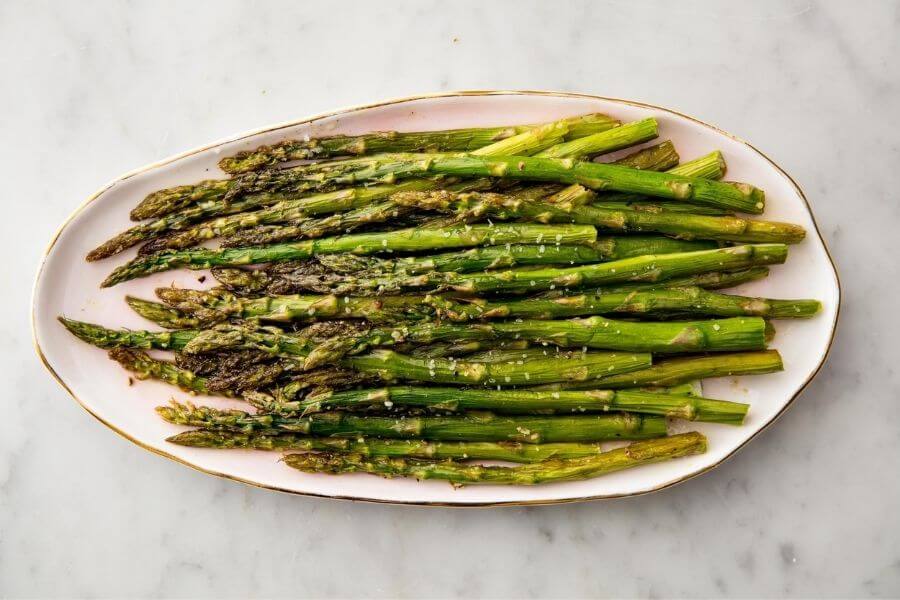
Asparagus is rich in several vitamins and is an excellent source of vitamin K, which helps with blood clotting plus helps to build strong bones. It’s also a good source of riboflavin. Asparagus also supplies inulin, a type of carbohydrate that supports the growth of health-promoting bacteria in the colon.
Only half a cup of asparagus provides one-third of your daily folate needs. This amount also provides plenty of selenium, thiamin, vitamin K, and riboflavin. Adequate folate from sources like asparagus can prevent neural tube congenital disabilities during pregnancy. Asparagus can be consumed as grilled, roasted, or steamed.
9. Sweet Potatoes Offer Much More.
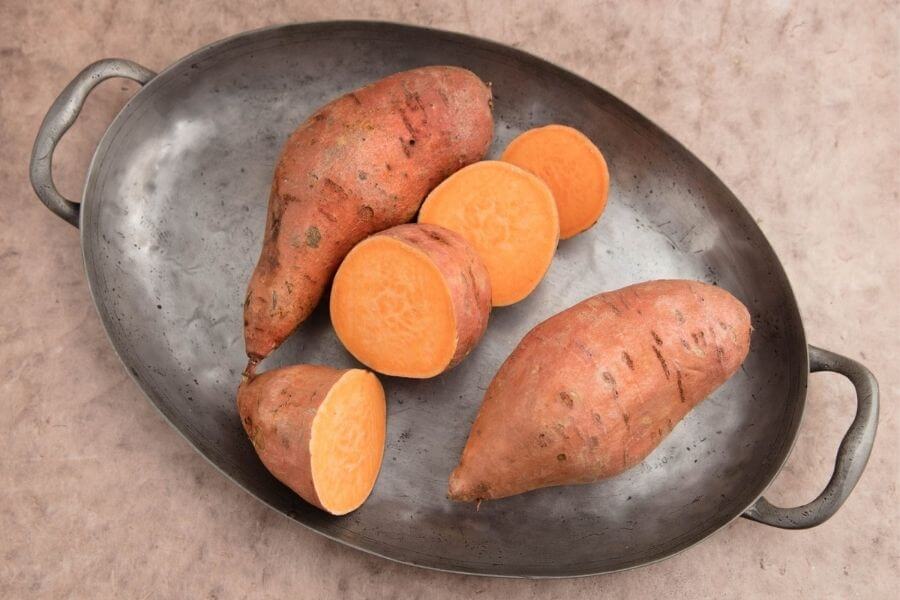
They are known for their vibrant orange color and impressive health benefits. They are rich in beta-carotene, which gives them their orange color. A medium-sized sweet potato contains 4 grams of fiber, 2 grams of protein, and a good amount of vitamin B6, vitamin C, potassium, and manganese. It’s also high in beta-carotene. Beta-carotene consumption is linked to a significant decrease in the risk of certain types of cancer.
Caiapo is a type of white sweet potato that has an anti-diabetic effect. It has been shown in a study, people with diabetes were given 4 grams of Caiapo daily for 12 weeks, leading to a reduction in both blood sugar and blood cholesterol levels. We can chop sweet potatoes into soups, stew, and chili.
10. Collard Greens Are A Very Nutrient-rich Vegetable.

Collard greens are one of the best plant sources of calcium available. They are also high in antioxidants and could even reduce your risk of developing certain diseases. One cup (190 grams) of cooked collard greens contains 4 grams of protein, 5 grams of fiber, and 27% of your daily calcium needs.
A study found that eating more servings of collard greens per week was associated with a 57% decreased risk of glaucoma, a condition that can lead to blindness. Another study also showed that a higher intake of collard greens might reduce the risk of prostate cancer.
11. Sweet Bell Peppers Are Also Available In Red, Yellow, Or Orange Colors.
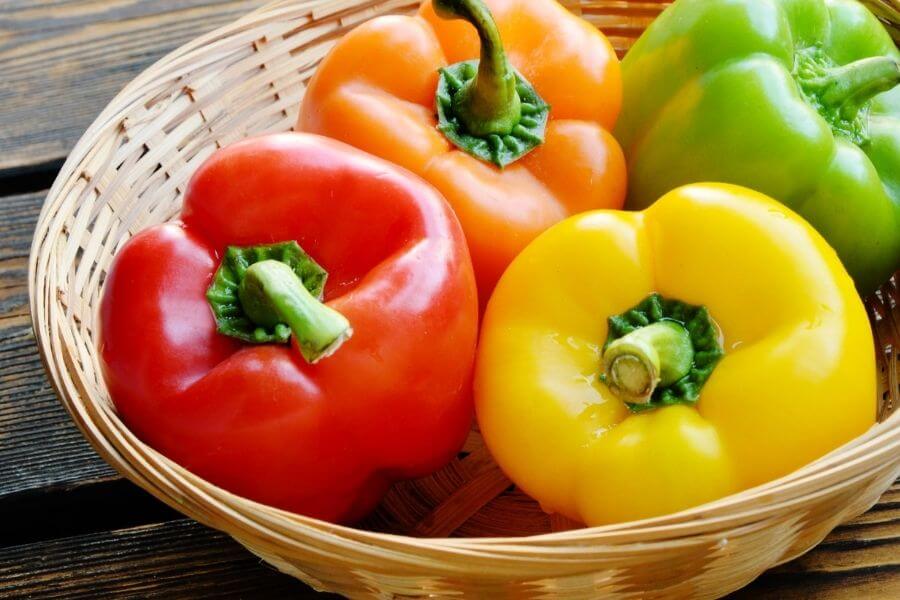
Antioxidants present in bell peppers are quercetin, capsanthin, and lutein (in the green variety), which protects vision. A cup of chopped red bell peppers gives 0.434 milligrams of vitamin B-6, 39 calories, 190 milligrams of vitamin C, folate, beta-carotene, which the body converts into vitamin A.
12. Cauliflower Has Plenty Of Nutrients.
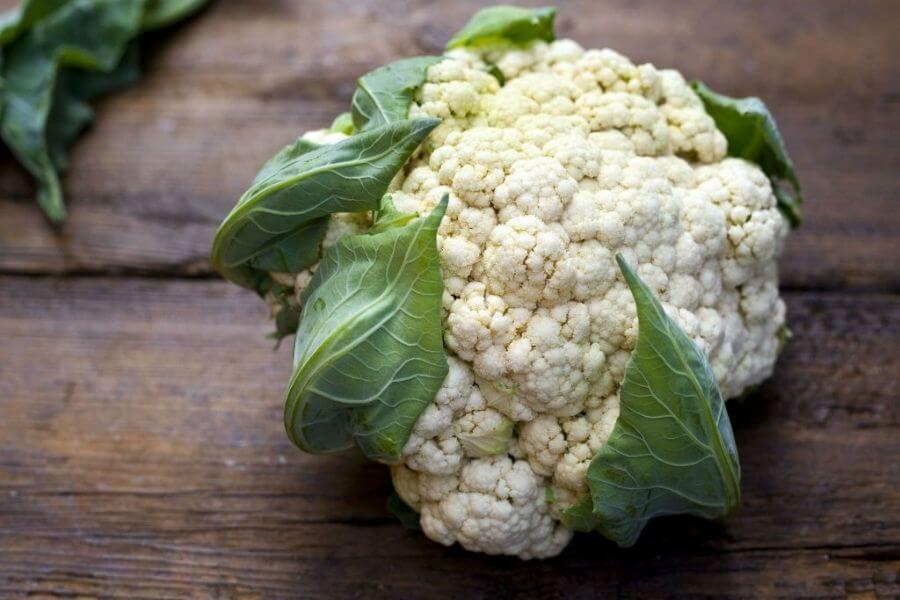
According to the registered dietitian Karen Collins, it is an excellent vitamin C source and a good folate source. Cauliflower contains an antioxidant called indole-3-carbinol (I3C), which may reduce cancers of the breast and reproductive systems. One cup of chopped cauliflower contains 27 calories, plenty of vitamin C, vitamin K, and fiber. Cauliflower contains another potential anti-cancer compound, sulforaphane. Instead of serving ordinary mashed potatoes, steam cauliflower and mash it with potatoes.
13. Cucumber Is Very Low In Calories.
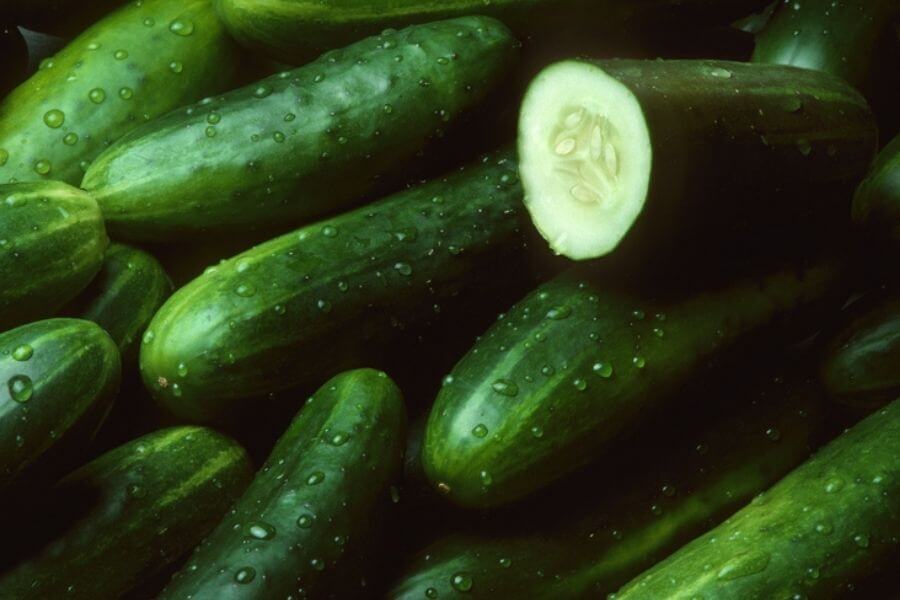
Cucumber is a good source of vitamin K, which may reduce bone loss and decrease the risk of bone fractures. They also contain around 95 percent water, which makes them very hydrating. A slice of cucumber can be added to a glass of water, or it can be tossed as a chopped cucumber in a salad.
14. Beetroot Has Many Benefits.
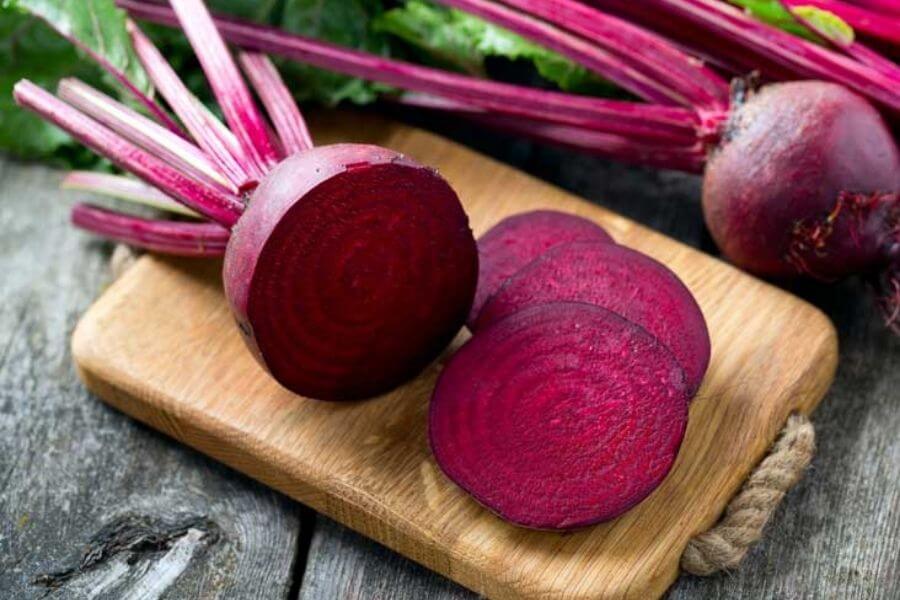
Beets are low in calories and high in fiber. Beets are a good source of folate, which benefits women of child-bearing age. They also have phytochemicals that play a role in reducing inflammation and decreasing heart disease. Beets contain an antioxidant called alpha-lipoic acid, which is helpful for diabetic neuropathy.
A cup of beets contains 58 calories, along with 442 milligrams of potassium, 148 micrograms of folate. Roasting beets brings out their natural sweetness; they also taste great in salads, sandwiches, etc.
15. Kale Is A Popular Leafy Green Vegetable.

Kale is packed with vitamins A, C, potassium, iron, and folate, plus the phytochemical lutein, which helps with eyesight. It provides around 7 calories per cup of raw leaves. Kale also provides calcium in a significant amount and in a form that the body can absorb. Kale benefits people with high cholesterol.
Research suggests that kale juice reduces blood pressure, blood cholesterol, etc. In a study which reports that men with high cholesterol who drank 150 ml of kale juice per day for 12 weeks experienced:
- a 27 percent increase in high-density lipoprotein, or HDL
- a 10 percent reduction in low-density lipoprotein or LDL
Kale makes a great pizza topping. Add chopped fresh or frozen kale to the soup, or stir-frying.
16. Tomatoes Have A Powerful Antioxidant.
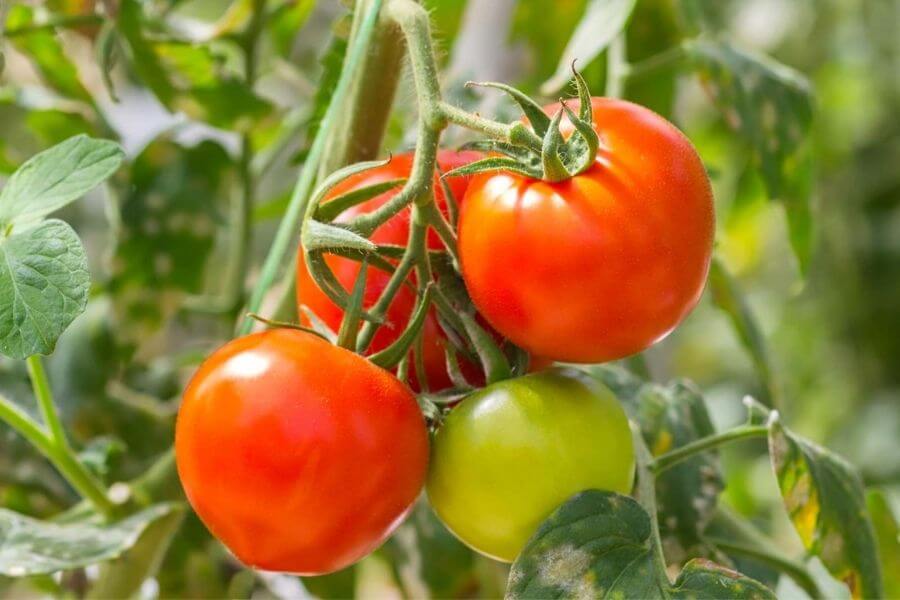
Tomatoes contain lycopene, a powerful antioxidant that plays a role in cancer prevention. Lycopene can help prevent prostate cancer. The beta-carotene in tomatoes also has anticancer effects—other potent antioxidants in tomatoes, such as lutein and zeaxanthin, that protect vision.
People can eat tomatoes in raw form, but cooking them releases more lycopene. A cup of chopped raw tomatoes contains 32 calories, 427 milligrams of potassium, 24.7 milligrams of vitamin C.
Green tomatoes are highest in vitamin C, and yellow tomatoes have the lowest calories, and orange tomatoes are highest in vitamin A and folate. The common red tomato is low sodium but highest in potassium.
17. Fermented/Pickled Vegetables Also Provide All The Nutrients As Well As Probiotics.
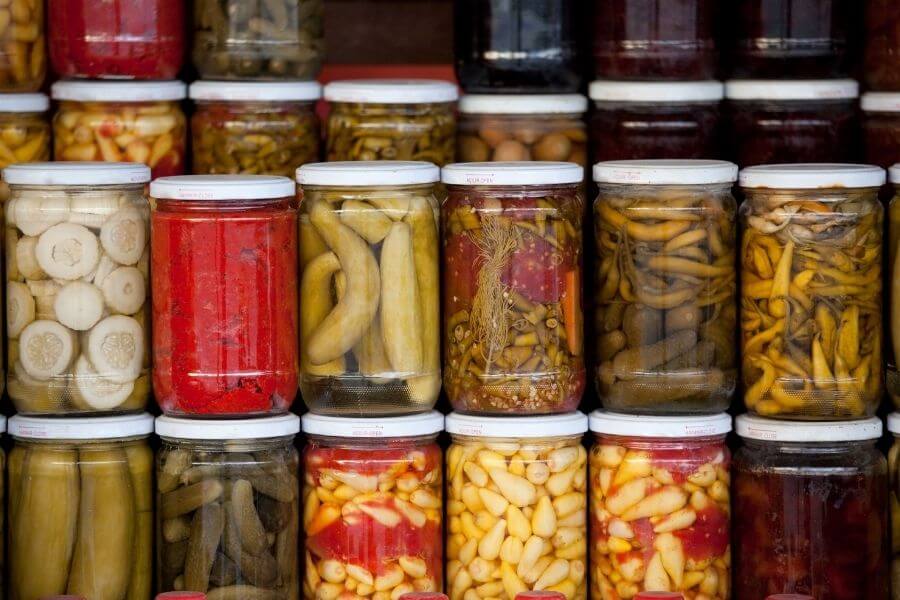
Probiotics are beneficial bacteria present in the body, and some foods and supplements, improving gut health. The National Centre for Complementary and Integrative Health stated that probiotics help with irritable bowel syndrome symptoms. Some good vegetables for fermentation include carrots, cauliflower, cabbage, sauerkraut, cucumbers, etc. People eat fermented vegetables in salads and sandwiches, etc.
Eating Food According To Seasonal Patterns
We know that our body responds according to the change in season, say summer, spring, monsoon, autumn, and winter, depending on particular weather patterns and daylight hours. We need to know the seasonal fruits and vegetables to get accustomed to them. The food list varies according to the hemisphere.
1. During Winter Season

You can include these foods in your diets such as mushrooms, cabbages, turnip, winter squash, potatoes, beets, carrots, leafy vegetables, asparagus, green beans, radish, cauliflowers, spinach, and mustard greens.
2. During Summer Season
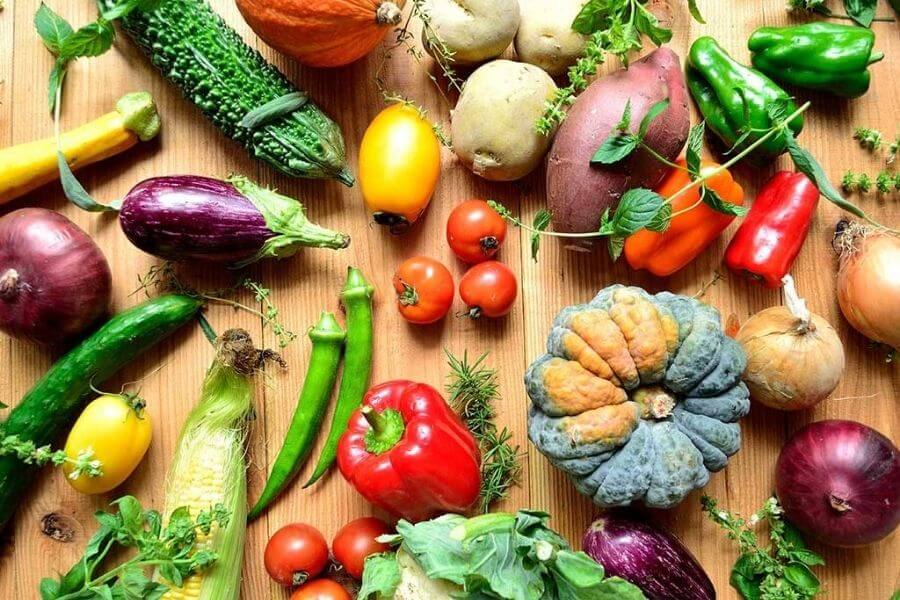
Eat these foods, such as mushrooms, eggplant, corn, cucumbers, bell peppers, green peas, pumpkin, bottle guard, celery, bitter guard, apricots, bananas, zucchini, asparagus, artichokes, lettuce, etc. These foods will help to keep your body healthy in the summer.
3. During Monsoon Season

The vegetables like pumpkins, broccoli, spinach, lettuce, sweet potatoes, corn, eggplant, cauliflower, etc. make a great choice to be eaten during the monsoon season.
To stay fit, we must consume and add 3 to 4 servings of veggies every day. Eating the right amount of vegetables per day is essential. They are nutritious and offer protection against diabetes, obesity, heart disease, and even certain types of cancers. Vegetables are also rich in fiber, which can help you to feel full. The viscous fiber found in vegetables is particularly effective at reducing appetite.
Since veggies are power-packed with nutrients so we must not forget to include in the daily diet. One can eat veggies in a variety of forms like frozen, juiced. Though freshly picked, ripe vegetables are still the best options.







